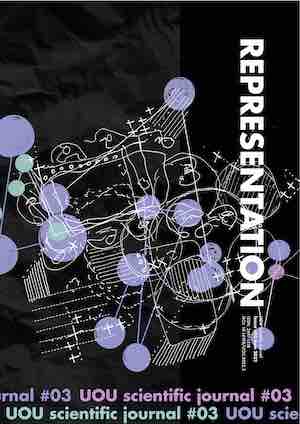Drawing Spatial Movement
Abstract
In a world increasingly understood in terms of process and flow the only constant could be said to be movement. Yet our modes of designing and drawing architecture can sometimes seem almost resolutely static. A desire to encase our movement within design is nothing new however. Esenstein’s analysis of the acropolis reveals its presence in the 5th century, and the landscape gardens of the picturesque were designed to unfurl in advance of their promenading viewers. But if we are to engage our architecture in our unassailable entwinement with a world made of process we need new tools.
We think through our drawings, but conventional techniques do not readily open up or enter into conversation around movement, process or our place in time. The vital role our drawing conventions play as exacting translators of design to construction demand precision communication that holds no place for ambiguity or change. Yet as incubators for speculative futures this language of representation offers little space or scope to engage time. Might we therefore identify new forms of canvas, new languages, within which to incubate design ambitions; complementary drawing techniques within which we might think through in the language of our world, movement?
The Moving Through masters course at the Bergen School of Architecture began to ask these questions, opening up an exploration of what it means to move through space, unpicking the implications for design. Over the short course highly speculative experimental work began to pose potential steps forwards.
Downloads
Downloads
Published
How to Cite
Issue
Section
License
Copyright (c) 2022 Sarah Stevens

This work is licensed under a Creative Commons Attribution 4.0 International License.
The authors keep their rights upon their work, although they transfer, in a non-exclusive way, the rights of exploitation (reproduction, publication, distribution, public dissemination and presentation) to the Journal. The authors are, therefore, free to enter additional, separate contracts for the non-exclusive distribution of the version of the work published in the Journal (for instance, by hosting in an institutional repository or publication in a book), provided credit is given that the work was initially published in this journal. The works are published under a Creative Commons Attribution 4.0 (CC BY 4.0) license.












